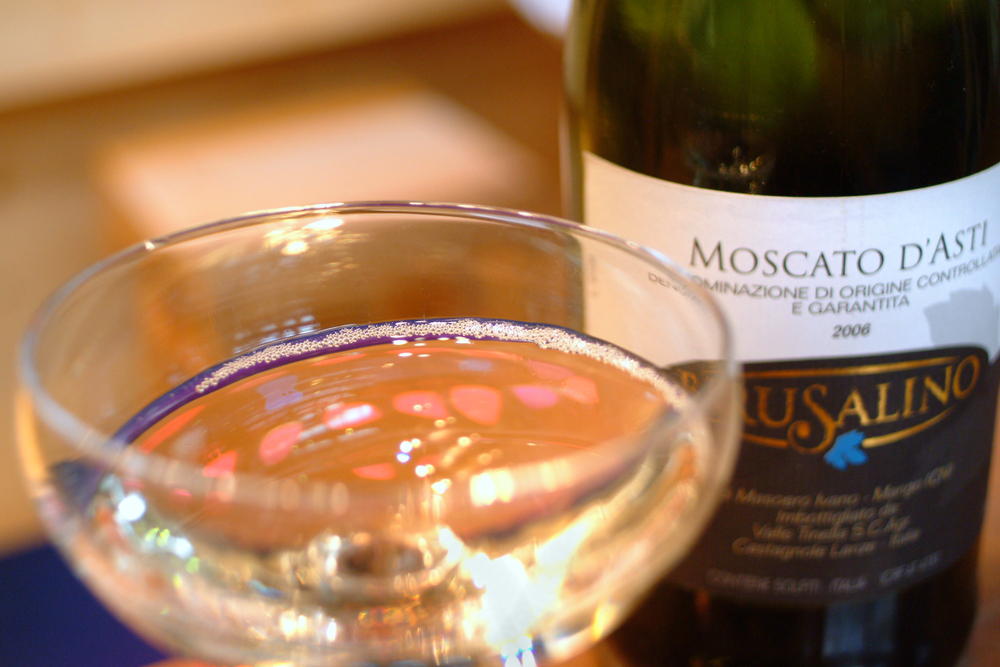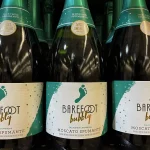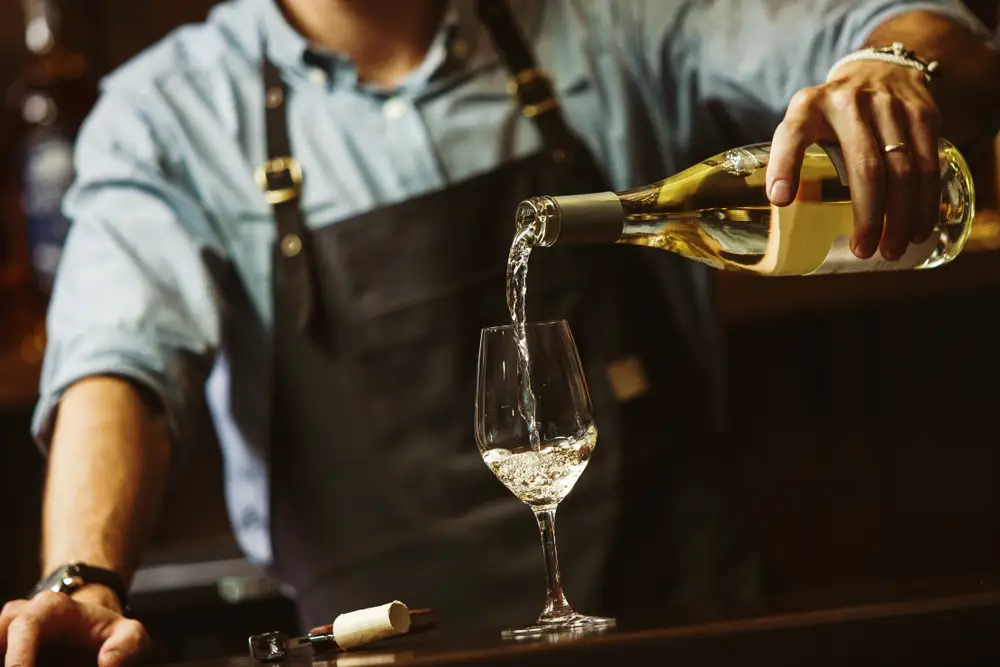Did you know that sparkling wines have become increasingly popular in recent years due to their unique flavors and light alcohol content? They often work well for people trying to avoid alcohol-related problems and are more palpable for the average person. Moscato d’Asti is one of the most popular sparkling wine types and is something you definitely want to consider.
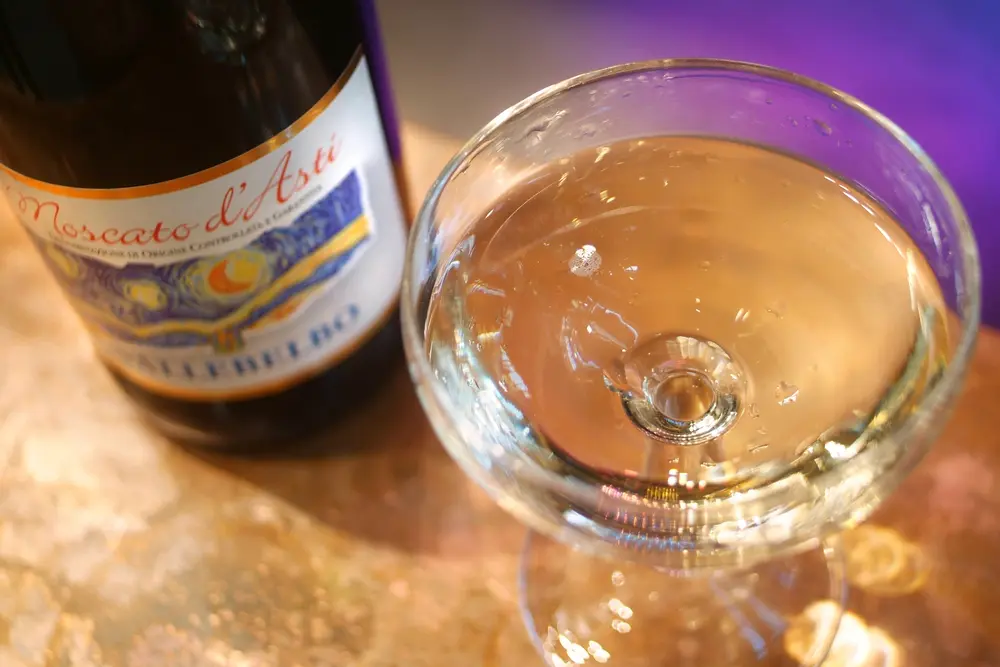
What Kind of Wine is Moscato d’Asti?
Moscato d’Asti is a sparkling wine with an attractive and light taste.
Typically, grapes for this wine are grown in Asti near the northwest Italian region of Piedmont. It comes from the white Muscat grape (Moscato Bianco), one that has been produced in and around the area for centuries.
How old is it? This grape is basically the parent grape of all Moscato, meaning no other Moscatos would exist without it. Moscato d’Asti shouldn’t be confused with Moscato, though. They have differences, and there are a few varieties of Moscato.
Typically, this wine variety falls under Italy’s highest category of wine production, alongside options like Barolo, Barbaresco, and Nebbiolo.
These wines all share similar production styles and similar tastes, depending on their brewing situation.
Like most sparkling wines, Moscato d’Asti is gentle and lower in alcohol. However, it is also of higher quality than some lower-cost sparkling wines.
One thing that makes this wine interesting is that it smells the same as its parent grape, which is unusual for wine. In fact, the Muscat grape is the only one that will produce a wine with this shared aroma.
So while Moscato d’Asti isn’t alone in smelling like its parent grape, it shares this trait. That said, it also has far more taste, aroma, and flavors than the Muscat grape.
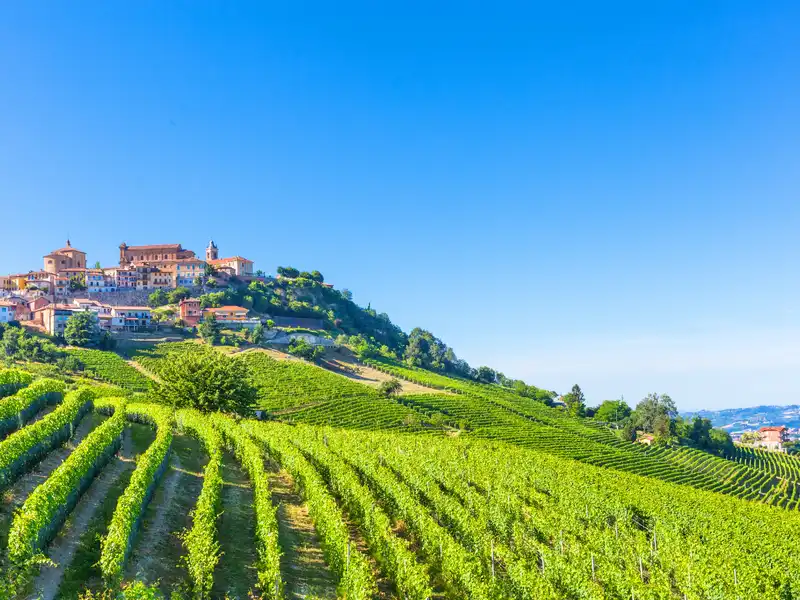
Taste, Aroma, and Flavors
Moscato d’Asti is sweet enough to work well as a dessert wine and typically has a variety of tastes like peach, apricot, sage, lemon, orange, and orange blossom.
Beyond smelling like the Muscat grape, it also has lingering odors similar to white flowers, which gives it a very appealing overall profile.
It often pairs very quickly with many different foods, which we’ll discuss later.
For now, understand that it is typically best to pair this wine chilled and to drink from a long-stem glass. During each sip, hold the glass stem to avoid heating your wine inappropriately.
You may also want to pair it with various grilled meats or spicy foods. Its lighter and sweeter overall texture makes it perfect for these pairing situations, as does its flowery aroma.
Many people bust out their Moscato d’Asti during the late fall and early summer.
History of Moscato d’Asti
Did you know that wine is almost as old as human civilization itself?
Nearly every ancient culture has some form of alcohol, particularly throughout winegrowing regions.
For example, many wines go back to the ancient Greeks and Romans, including Moscato d’Asti. Originating in grape-rich Greece, it later expanded to ancient Rome and became a favorite of many leaders there.
During the early Greek period, it was called Antilico and later renamed by the Romans to Apinae, a name meaning bees.
Later, the famous winegrowing city Asti took its name from the same source, forever pairing this wine with this town.
From this period, Moscato d’Asti expanded and became very popular. The Prince of Savoy in the early 16th century declared that one-fifth of all vineyards in the area are to be planted with Moscato Bianco (white Muscat).
This helped the wine become even more widespread throughout Europe.
Beyond this period, Giovan Battista Croce, a Milanese jeweler interested in vineyards, experimented with vine-training systems and wine production to produce low-alcohol, sweet wines.
His 1606 book “Of the Excellence and Diversity of Wines That Are Made on the Mountain of Turin and How to Make Them” became the textbook for producing his unique wine.
Many of the same techniques are still utilized and tweaked, proving this book’s importance.
Why You Need Moscato d’Asti
If you’re not convinced that Moscato d’Asti is an excellent option for you, here are three reasons why you need Moscato d’Asti in your life.
Related: Italian table wines.
Moscato d’Asti Matches Well With Food
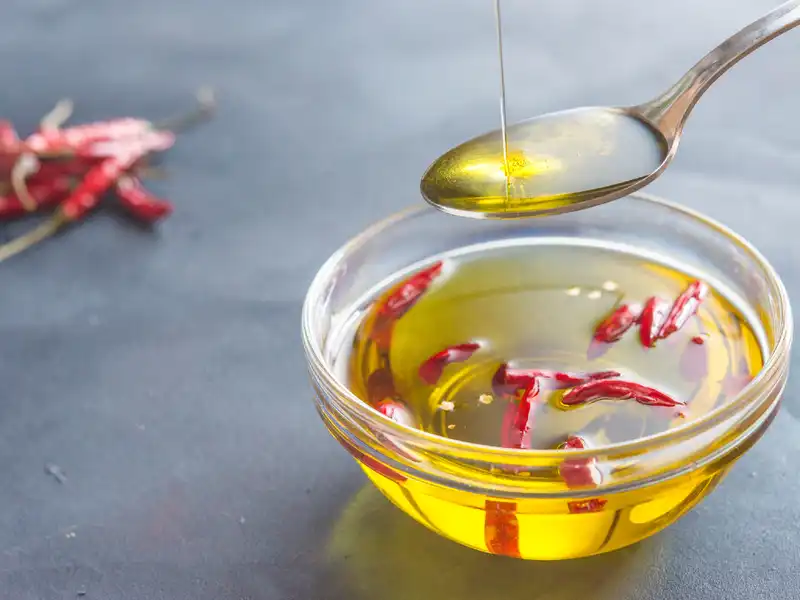
Moscato d’Asti pairs perfectly with a broad range of different foods.
Its light taste is sweet but not overpoweringly so, meaning it’s typically easier to pair this wine with grilled meats, spicy relish, chili, peppers, and other similar foods.
We also find it works well with desserts like meringues, berries, truffles, chocolate, and fruit pies. Anything with a crisp taste should pair well with this wine.
Moscato d’Asti is Low in Alcohol
Do you want a low-alcohol wine that you can fit into just about any drinking situation? Then, the Moscato d’Asti may be perfect for your needs.
It cannot be higher than 5.5% ABV by law, meaning that it is one of the lowest-alcohol wines on the market.
Just think of other sparkling wines, like champagne and other white wines, which can be between 11.5 to 15% ABV. Some people in Italy even let their children enjoy Moscato d’Asti, though too much will get them drunk.
Moscato d’Asti Has Great Value For The Price
Don’t let serious wine snobs tell you that only expensive wine is good.
The idea that you get the best value from complex or high-cost wines isn’t always accurate.
Moscato d’Asti proves that point because the best wines of this type may cost under $25 per bottle.
As a result, it should be a reasonably easy wine to afford, especially if you enjoy buying multiple sparkling wines and using them for your home dinner parties or as a dessert pairing.
Top Moscato d’Asti Wine Producers
Many wine manufacturers produce high-quality Moscato d’Asti.
The taste differences between these manufacturers are often quite surprising, though the value of each option should remain high when buying from these creators.
The primary manufacturers of this high-quality wine include:
- Vietti: This manufacturer produces a broad range of different wines, though their d’Asti is among the finest. You get an intense aroma of peaches, rose petals, and ginger, as well as some apricots and much more. It also has a fine finish and sits easily on the palate.
- Coppo: Coppo is one of the older still-functioning wineries and has created Moscato d’Asti for many years. They typically balance their acidity with a bit of sweetness to make their wines tastier. Their d’Asti is no different, and most people should enjoy this option.
- Marenco: When buying Mostaco d’Asti made by these manufacturers, you can expect subtle hints of citrus, honey, peach, orange, and sage. You can also expect a nice hands-on feel that makes this a great winemaker, focusing on wine quality over quantity.
Other manufacturers to consider include Michele Chiarlo (touches of apricot and white flowers), Ceretto (complex and well-balanced d’Asti with melon, pear, and floral flavors), and La Caudrina, one of the primary d’Asti manufacturers (flower, orange blossom, and peaches).
Moscato d’Asti FAQ
What does d’Asti mean in Moscato?
Moscato d’Asti means “Moscato of Asti,” indicating the region where this wine originated, specifically the Asti region in Piedmont, Italy.
Can Moscato d’Asti get you drunk?
Moscato d’Asti may be very low in alcohol compared to other similar wines, but that doesn’t mean it can’t get you drunk. Any wine with alcohol can cause you to get drunk if you have enough.
It might take more than a single drink to get drunk and may not be as potent as other wines. However, it is essential to plan for this possibility if you want to enjoy some Moscato d’Asti and not deal with a wine hangover the next day.
What cheese goes with Moscato d’Asti?
If you like enjoying wine with cheese, you have a few different options from which you can choose. Typically, options like blue or cheddar cheese go great with this wine and create a delicious array of flavors and aromas that work well together.
Pick a cheese that meets your specific taste and the foods that you enjoy pairing with this particular wine option.
Is Moscato d Asti a sparkling wine?
Yes, Moscato d’Asti is a sparkling wine, meaning that it should have bubbles when you drink a glass of it. It also means that your wine will have less alcohol and a sweeter taste.
As a result, you can treat it as you would other sparkling wines, like champagne and more. Doing so will help you enjoy it as much as possible and provide maximum taste value.
- Shrimp Cocktail (and More) Wine Pairing Guide - 09/06/2022
- What Wine Serving Sizes Look Like: Standard Size and More - 08/06/2022
- How Much Sugar is in Wine: Glass and Bottle Sugar Content - 08/06/2022

